Shells and Pebbles
Interesting finds on the shores of the history of science and the humanities
-
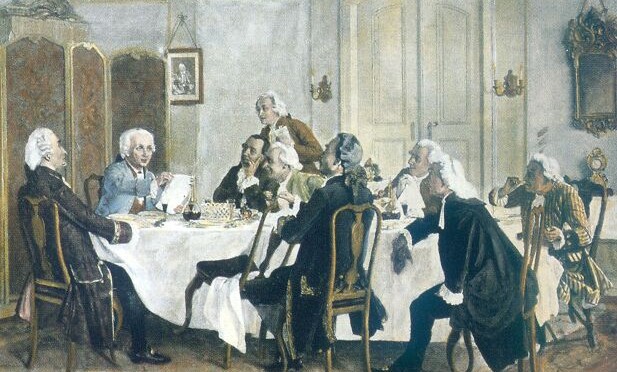
Using Philosophy as a Weapon Against Itself. Johann Georg Hamann and the Birth of ‘Metacritique’
By Roland Bertens With the publication in 1781 of his Critique of Pure Reason, Immanuel Kant tried to prove that philosophical reason could be a stand-alone source of knowledge. Among the many followers and detractors immediately reacting to the first step Kant made on the road to ‘German Idealism’, one relatively unknown thinker should be…
-
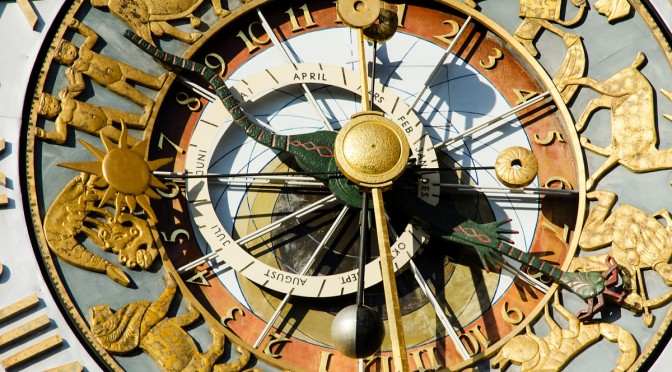
Het belang van afdankertjes
Door Rienk Vermij De geschiedenis van de “wetenschappelijke revolutie”van de zeventiende eeuw wordt veelal beschreven als een opeenvolging van ontdekkingen en nieuwe theorieën. Niemand zal zeggen dat die niet belangrijk zijn, maar zo’n verhaal mist wel een belangrijke dimensie. Want niet alleen wonnen nieuwe ideeën veld, er werden ook oude afgedankt.
-
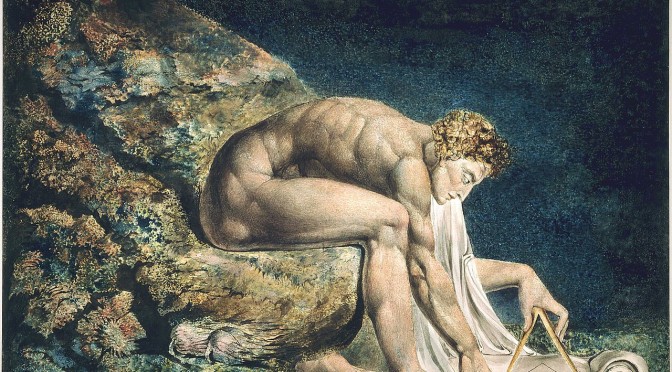
Over Fedde’s neerhalen van Newton
Door Floris Cohen De redactie van ‘Schelpen en Steentjes’ heeft me gevraagd om op Fedde Benedictus’ boutade over Newton te reageren, ik denk omdat ik de auteur ben van een boek over Newton. En inderdaad, in de epiloog van Isaac Newton en het ware weten vind ik een heel reeksje van zwakke punten van Newton…
-
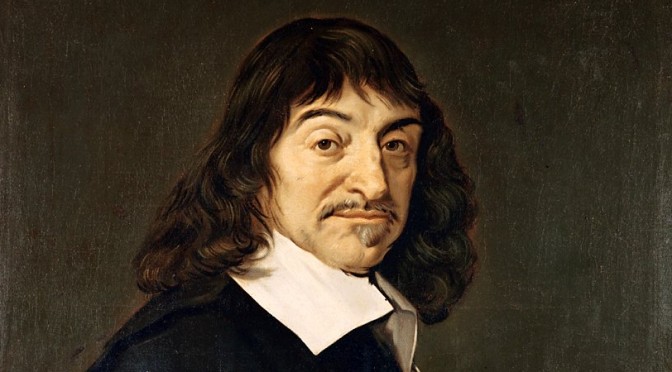
The Father of Modern Science?
By Fedde Benedictus Both the originality and the intrinsic value of the work of Isaac Newton have been grossly overestimated. According to traditional history of science, Newton’s work (of which primarily his Principia Mathematica, first published in 1687) was the 17th century’s very pinnacle of the mechanistic worldview, and with that, it provided one of…
-
How do you write?
Door Timo Bolt In mijn vorige bijdrage aan Shells & Pebbles, getiteld ‘why do you write?’, schreef ik over een ingezonden brief die onder diezelfde kop in 1976 werd gepubliceerd in The Lancet. De auteur, de Ierse arts J.B. Healy, vroeg zich daarin af waarom er zo ‘monsterlijk’ veel artikelen in medische tijdschriften werden gepubliceerd.…
-
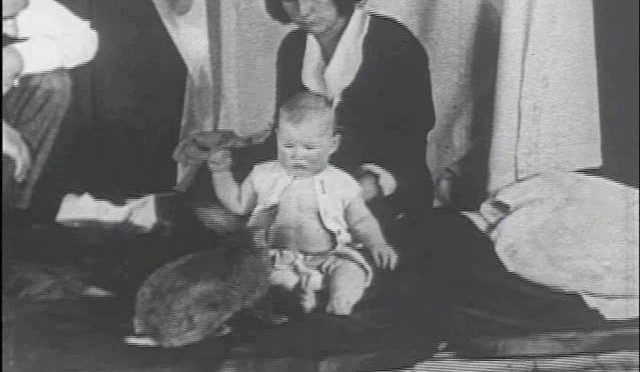
On little boys and furry animals – or what happened to Little Albert?
By Ivan Flis Every scientific discipline has its famous experiments. The case is no different for psychology. In the company of famous psychological experiments, one study is often mentioned as the fulcrum of the behaviorist revolution of American psychology – the story of a little boy named Albert and the attempt to teach him fear.
-
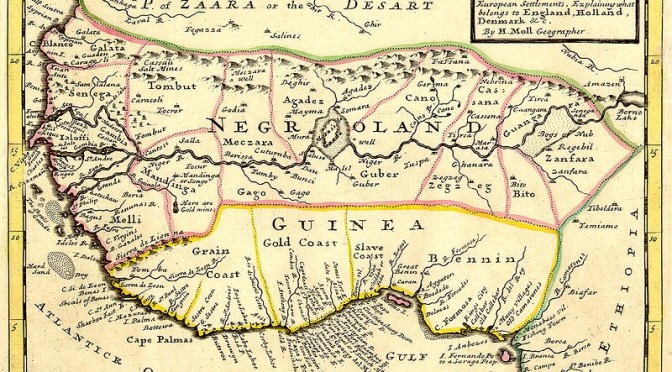
The Riddle of the Phantom Island
By Daniel Stinsky Maps contain lots of information in a condensed and abstract visual format. We trust maps to depict reality, and we trust that they are produced with scientific rigor. But as the fairly recent case of a “phantom island” in the Coral Sea shows, maps can contain false information, even in the age…
-
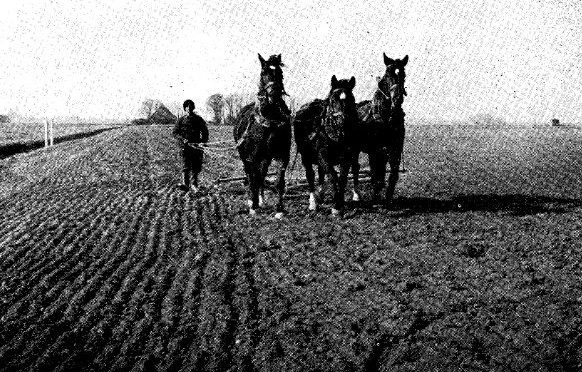
Purity or performance
By Bert Theunissen Of all sports horses competing at the most recent Olympic Games, 30 % were Dutch-bred. And of the ten gold medals available, five were awarded to horses from the Netherlands. This is a remarkable achievement, considering that the Dutch do not have a long tradition in horse breeding like the Germans, the…
-

Embedded in History. An interview with Professor Norton M. Wise.
By Jorrit Smit On the Sunday before Christmas, I bike to the UCLA campus in Westwood for the last time. Out of breath and full of sweat after climbing the hill in a boringly radiant sun, I find professor Norton Wise waiting for me outside Bunche Hall. With a special key he activates the elevator,…
-
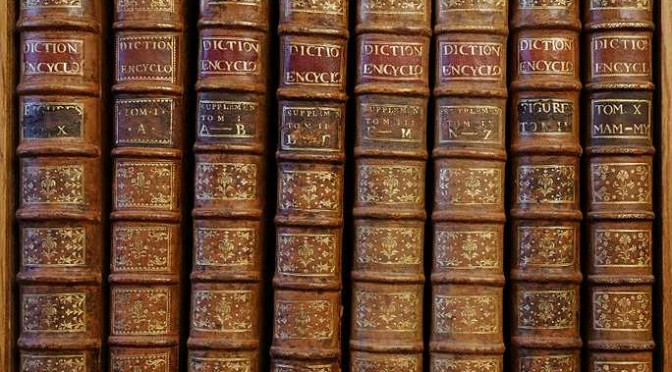
Grote dikke boeken
Door Floris Solleveld “Goedemiddag, ik had zeven boeken aangevraagd, ik weet niet of ze er al zijn?” “Jaaaa”, zei de bibliothecaris grinnikend, “die zijn er al”, en keek naar de kar waarop de Description de l’Egypte lag opgestapeld, zeven dozen van 100×70 cm, een stapel van zeker een halve meter hoog. En dit waren dan…
-
“Why do you write?”
Door Timo Bolt Tijdens mijn onderzoek naar de (voor)geschiedenis van evidence-based medicine stuitte ik min of meer bij toeval op onderstaande brief in the Lancet van 24 januari 1976. Why do you write? Sir, – The number of medical papers published is monstruous large. How much has one really learned from last year’s erratic efforts…
-
Boo! A peek into the iconography of the rearing dinosaur.
By Ilja Nieuwland Parisians who visited a newsstand or book store in the spring of 1886 were confronted with the frightening prospect of a dinosaurian intrusion into their sixth-floor apartments. It was introduced to them by a poster that was part of the advertising campaign for French author Camille Flammarion’s new book (and newspaper serial)…
-
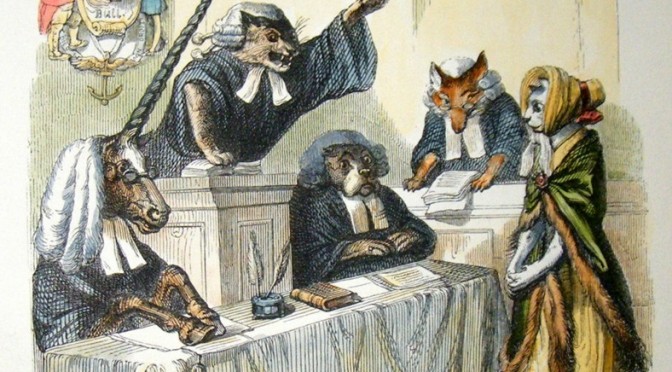
The case of the cat in court
By Noortje Jacobs and Steven van der Laan Do animals carry legal obligations? To the twenty-first century reader of Shells & Pebbles this question might appear to be odd. Surely, only in fables pigs are summoned to appear before a judge to be held accountable for any misdemeanour. Not quite. In past centuries, animal trials…
-
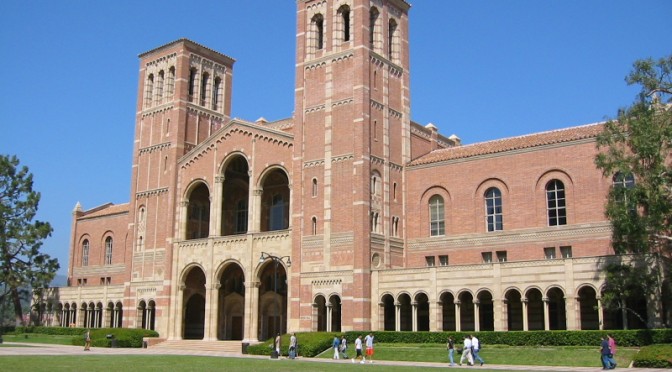
A Rambo Trilogy in Early Modern Europe
An Interview with Professor Margaret Jacob, by Jorrit Smit On one of those sunny, warm, Californian fall afternoons, I meet professor Margaret Jacob in the Herbert Morris Seminar Room on the first floor of Royce Hall in the middle of the UCLA campus. The well-known early-modern scholar has just entertained a crowd of scholars, students…
-
Headless chicken
By Ilja Nieuwland Ever wondered about the picture above? It is a lithographical engraving from 1866 depicting Archaeopteryx – without the head. Initially, I thought that I saw a head there, but apparently there isn’t. You see, this was drawn only five years after the London Archaeopteryx was discovered – which (at least initially) lacked…
-
Newman’s flying bats
By Ilja Nieuwland From: Edward Newman (1843), “Note on the Pterodactyle Tribe considered as Marsupial Bats”. The Zoologist 1, p. 129. Comment: “The upper figure represents Pterodactylus crassirostris, the lower, Pter. brevirostris”.
-

The Subtle Spiral of Life & Death.
By Fedde Benedictus Buried beneath spirals Ever since humans began using stone slabs for the decoration and demarcation of their gravesites, masonry has been employed to show the social status of the deceased individual. In this tradition, the Swiss mathematician Jacob Bernoulli chose the figure of a logarithmic spiral to be carved onto his gravestone.…
-
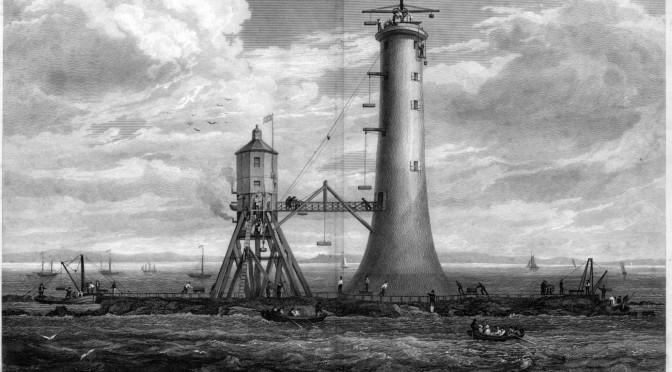
Bell Rock lighthouse
Door Daan Haalboom De Inchcape, of Bell Rock, een rots voor de kust van Schotland, is eeuwenlang het toneel geweest van talloze scheepsrampen. Het bij laagtij nét boven de waterspiegel uitstekende rif werd zo gevreesd door zeelieden dat zij vaak de zekerheid van een razende Noordzee en het gevaar van een stranding op de nabije…
-
Het belang van een brief
Door Abel Streefland Het was het eerste interview dat ik als promovendus afnam. Dolf de Vries woonde in Buitenveldert in een mooi groot opgezet appartement op de eerste verdieping, tegenover bejaardenhuis Beth Shalom. Een kleine Joodse mijnheer, kwiek voor zijn 86 jaar. Van zijn familie moest hij in huis altijd met een rollator lopen, maar…
-
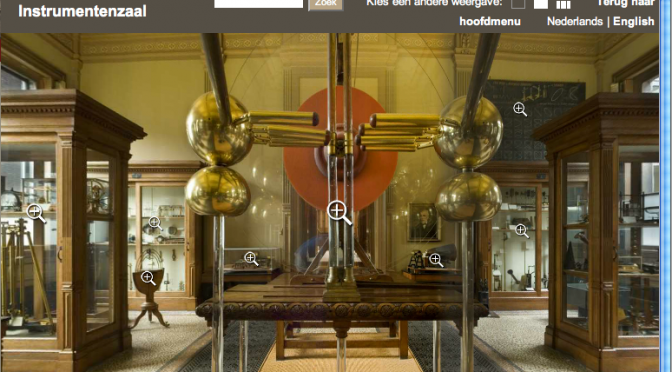
A short introduction to the history of Teylers museums online collection
By Fransje Pansters Teylers Museum is the best preserved public institute for art and science of the 18th century world. The founders wanted to bring together all available knowledge about arts and sciences, as a microcosm of the world. It opened its doors to the public in 1784. People could come to the museum to…
-
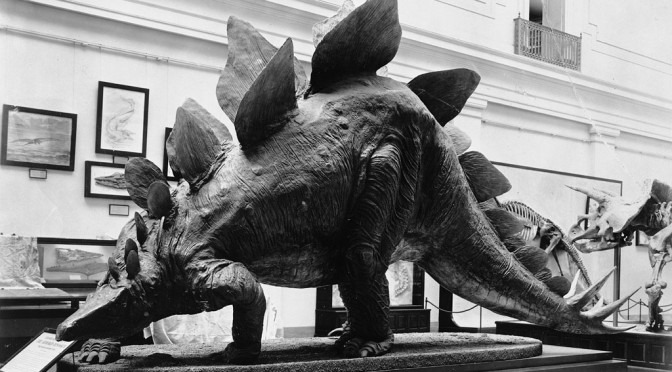
Amsterdam’s dinosaur population
By Ilja Nieuwland Amsterdam may be known for a lot of things, but dinosaurs aren’t usually among them. However, take a walk along the central Plantage Middenlaan in Amsterdam’s Plantage (‘plantation’) district and you will be confronted by two unlikely-looking creatures in the city zoo’s gardens: one is instantly recognizable as Stegosaurus, the other is…
-
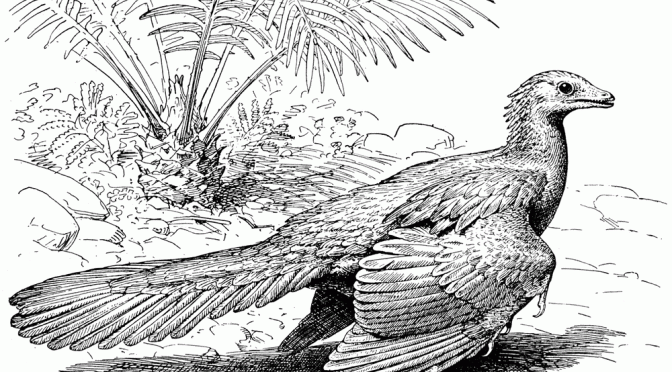
Manfred Reichel’s Archaeopteryxes and the origin of feathered dinosaurs
By Ilja Nieuwland While the rest of the world was dedicating way too much time and resources to exterminating one another, Switzerland remained a relatively tranquil spot in 1941 Europe. In that year, the micropaleontologist Manfred Reichel published an article outlining his views on the ‘first bird’, Archaeopteryx lithographica. Reichel’s text but particularly his illustrations…
-
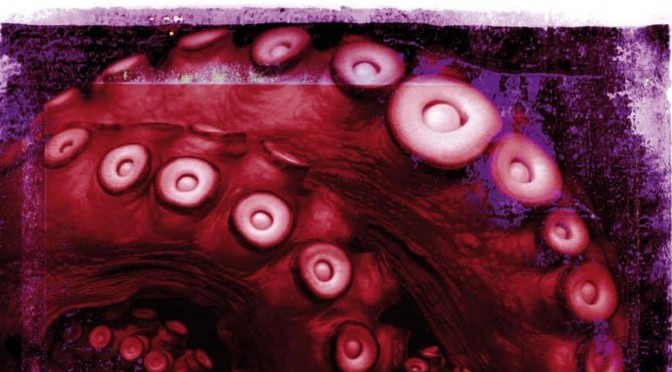
The Cult of the Kraken
By Robert-Jan Wille In 2010 a new novel by China Miéville was published with the thrilling title Kraken. Miéville is a writer of “weird fiction” whose novels try to move fantasy from the age of Tolkien to the age of steam punk and beyond. The book is a clear example of this. The main character of Kraken is a twenty-first century curator of…
-
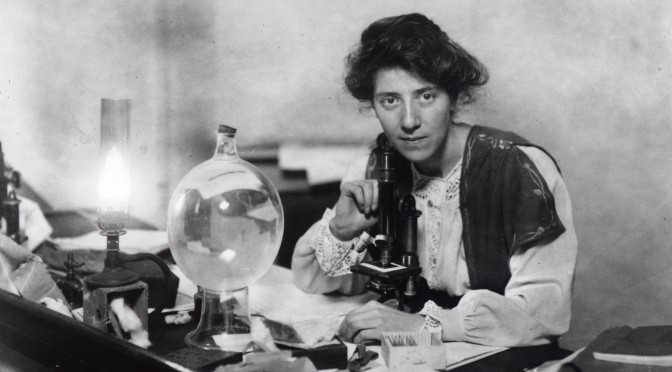
Jurassic Park, Botany and Women
By Robert-Jan Wille Classic dialogue in the classic movie Jurassic Park. The mathematician Ian Malcolm is rambling about the consequences of Jurassic Park and about the cloning of dinosaurs. At a certain moment he says: “God creates dinosaurs. God destroys dinosaurs. God creates man. Man destroys God. Man creates dinosaurs.” The witty palaeobotanist Ellie Sattler…
